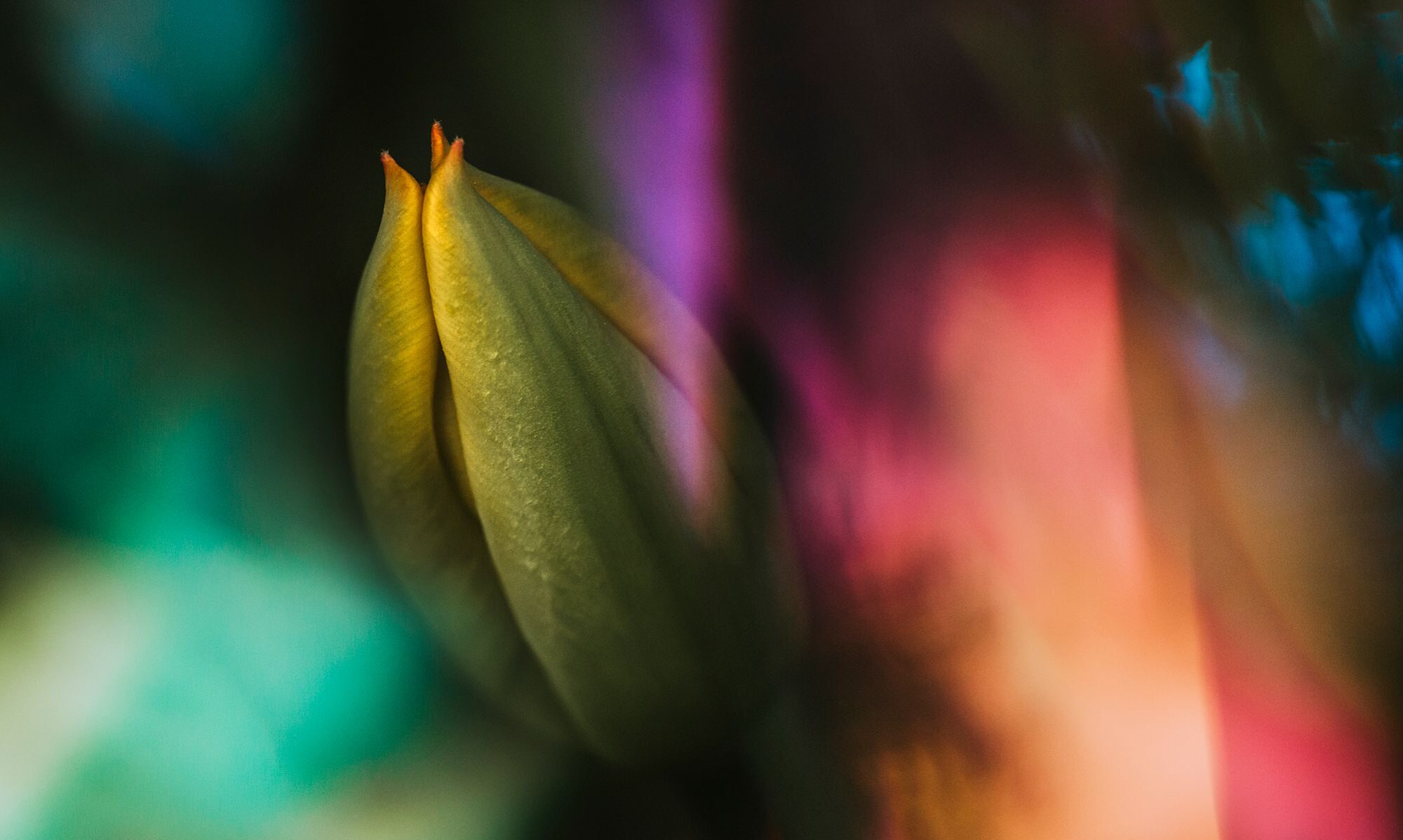Shoot & Share Photo Contest has taken up a lot my time over the past few months, probably more time than I care to admit, but for the first time, my third time of entering, I can feel the benefit. I have seen the Facebook photography world sharing their successes and heard others voice concern or disappointment.
The first year I entered I knew nothing about the contest until right before the deadline so just threw a few favourites into the hat. I didn’t know what to expect and I did ok, but I was still disappointed. It showed me I wasn’t the photographer that I thought I was.
The second year I agonised over which images to submit, I voted obsessively and I agonised over the results. I was pleased to improve my placings from the previous year but I was disappointed with how I handled myself.
It is a free competition, open to anyone and voted on by anyone. There is no grand jury making decisions and no commercial benefit to the vast majority of those who enter. So why had I let myself become so caught up in the emotion of it all? I allowed myself to see other people’s success as a reflection of my own failure. I hadn’t failed but I allowed myself to think that I had.
This year I went into it with caution. I knew I had to enter if I was going to improve perception of myself. I had a goal to reach Round 12 for the first time, but I also set myself the task of not caring so much. I didn’t want to lose hour-upon-hour of voting and I wouldn’t allow myself to feel defeated because other people succeeded. Yes, it was inevitable that I would see images in the final rounds of voting that I felt shouldn’t be there in place of my own, but someone somewhere thought otherwise, and I held my head high and said “that’s ok.” I shalt not compare myself to someone else for who knows what it took them to get there.
When the overall results were released I knew with confidence that I had reached my goal. Not one but five of my images made it into Round 12, but more importantly, I didn’t stress over it; I enjoyed the process. And so I wanted to share my top images with you. I want you to see the diversity of this collection: holiday/vacation pictures, client images, documentary images; and I need you to know that this is not representative of my work. I’ve heard it said that it is a mainstream popularity test, and I agree. Largely speaking, the images that drive me, the “art” that I create, those images that I hope one day to show in a gallery or have published in a book or magazine, are not these images. These do not define me. This contest does not define me. It is not a happy client or a publishing house. It is not a corporation that wants to fill their offices with my art on their walls or an opportunity to share my knowledge. These are my goals. Don’t get me wrong, this contest is a wonderful morale boost when you achieve your goal. It really is. But it is nothing more than that.
Can I also just add that my best placed image is also one of my most treasured. There is so much of my heart summed up right here:

Finalist, Lifestyle & Family Documentary 146/19,330

Finalist, Travel/Landscape 358/16,373

Finalist, Babies & Toddlers 476/28,425

Finalist, Travel/Landscape 492/16,373

Finalist, Travel/Landscape 523/16,373

Top 10%, Travel/Landscape 612/16,373

Top 10%, Travel/Landscape 846/16,373

Top 10%, Travel/Landscape 1223/16,373

Top 10%, Kids 1,325/35,570

Top 10%, Travel/Landscape 1,492/16,373

Top 10%, Family Portraits 1,758/26,963

Top 10%, Kids 2,491/35,570

Top 10%, Kids 2,932/35,570

Top 20%, Pets & Animals 1,980/14,4426

Top 20%, Creative & Personal Projects 1,980/13,502

Top 20%, Lifestyle & Family Documentary 2,066/19,330

Top 20%, Travel/Landscape 2,200/16,373

Top 20%, Creative & Personal Projects 2,653/13,502

Top 20%, Travel/Landscape 2,731/16,373

Top 20%, Lifestyle & Family Documentary 2,775/19,330

Top 20%, Family Portraits 3,254/26,963

Top 20%, Lifestyle & Family Documentary 3,271/19,330

Top 20%, Kids 3,723/35,570

Top 20%, Kids 4,373/35,570

Top 20%, Kids 4,441/35,570

Top 20%, Babies & Toddlers 5,279/28,425

Top 30%, Lifestyle & Family Documentary 5,240/19,330

Top 30%, Lifestyle & Family Documentary 5,022/19,330

Top 30%, Lifestyle & Family Documentary 5,531/19,330

Top 30%, Kids 7,265/35,570

I’m awarding this one an honorable mention because it narrowly missed out on Top 30% because of the tiny number of images entered in the Share Joy category, but it placed numerically really well.
Plus I love it.
Until next year, Shoot & Share!
~ Ceri

































